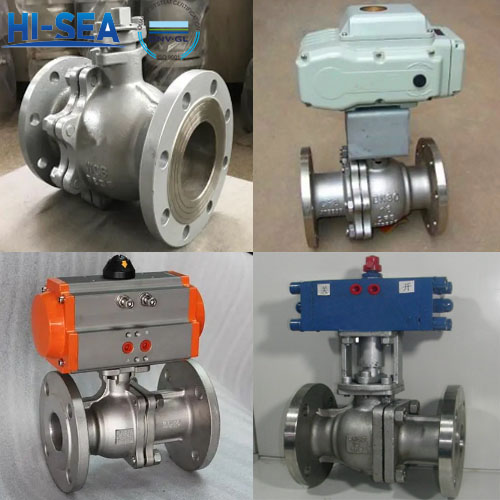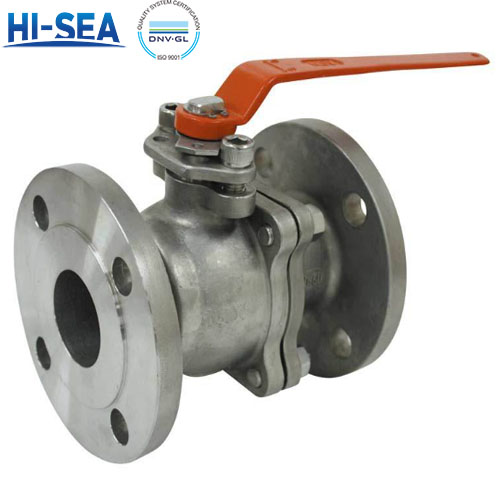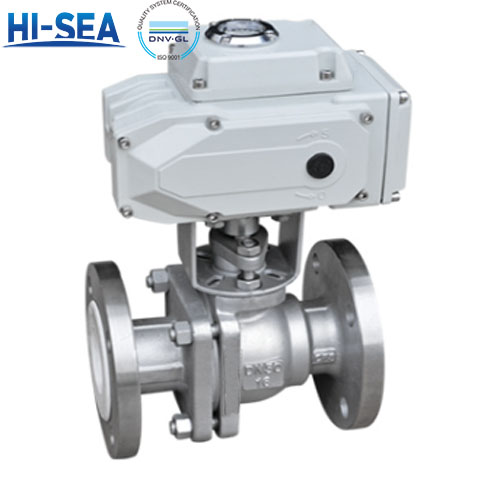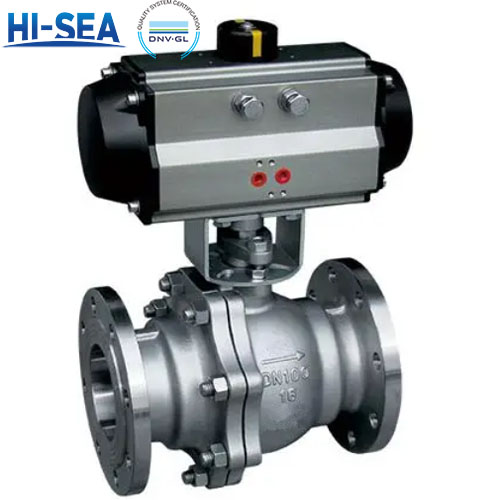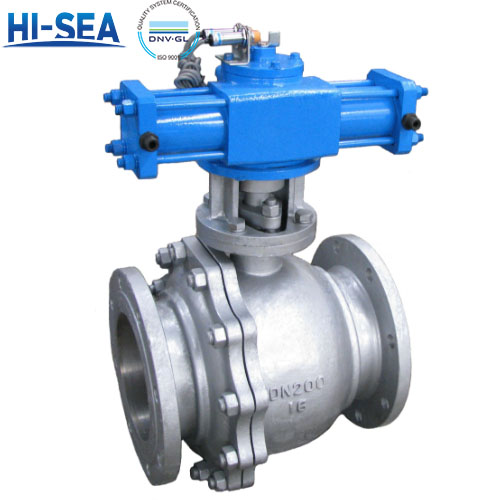
What are the driving methods for ball valves?
Ball valve in the pipeline is mainly used to do cut off, distribution and change the direction of flow of media, it only needs to rotate 90 degrees of operation and a very small turning torque can be closed tightly. In accordance with the drive mode classification, ball valves are divided into: manual ball valves, electric ball valves, pneumatic ball valves, hydraulic ball valves. Electric valve should pay attention to the pipeline parameters, but also should pay special attention to its use of environmental conditions, because the electric valve in the electric device is an electromechanical equipment, its use of the state by its use of the environment has a great impact on the need for special attention.
Overview
Manual operation:
Manually operated flange ball valves usually use handles, handwheels and other structures to control the degree of opening and closing of flange ball valves by manually rotating the handle or handwheel. The advantages of manual operation are simple structure, low cost, and easy to manually control, but there are also inconvenient operation, the need for manual guards and other shortcomings.
Manual operation:
Manually operated flange ball valves usually use handles, handwheels and other structures to control the degree of opening and closing of flange ball valves by manually rotating the handle or handwheel. The advantages of manual operation are simple structure, low cost, and easy to manually control, but there are also inconvenient operation, the need for manual guards and other shortcomings.
Electric drive:
Electric drive flange ball valve usually adopts the structure of motor or solenoid valve, which can control the degree of opening and closing of the ball valve through electric signal. Electric drive has a compact structure, fast response speed, high precision, etc., and is suitable for application in high temperature, high pressure, hazardous media and other environments. However, it requires higher cost and precision maintenance.
Pneumatic drive:
Pneumatic drive flange ball valve adopts pneumatic device to control the ball valve switch, with fast switching speed, sensitive response, compact structure and other characteristics, widely used in air, steam and other media control work. However, it also requires higher cost and maintenance requirements.
Hydrodynamic drive:
Hydraulic actuated flanged ball valves usually use hydraulic devices to control the switching of ball valves, which can realize high working pressure, large flow rate and other high-intensity control requirements, so they are widely used in industrial occasions. The advantages of the hydraulic drive are smooth operation and quick response, but it requires working medium such as hydraulic oil, and it also requires high cost and complex piping, oil circuit and other facilities.
Picture:
